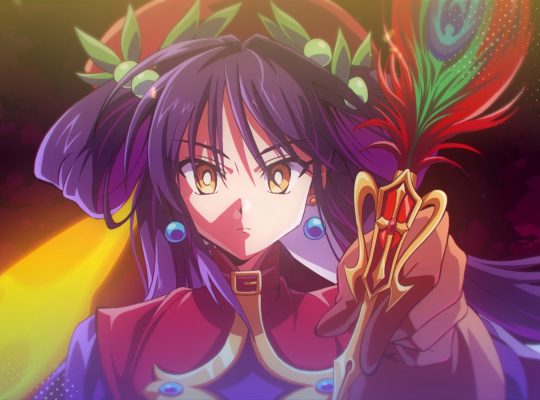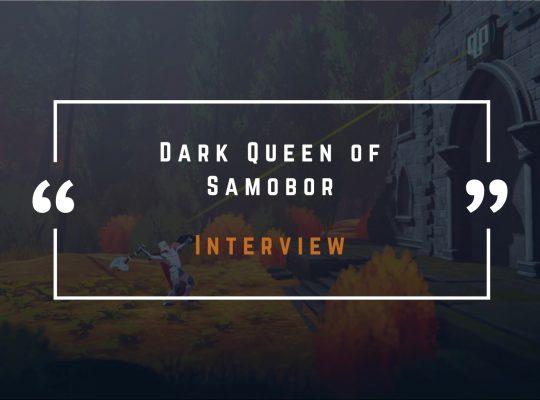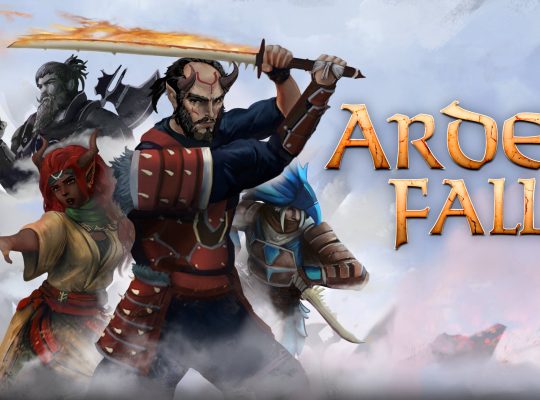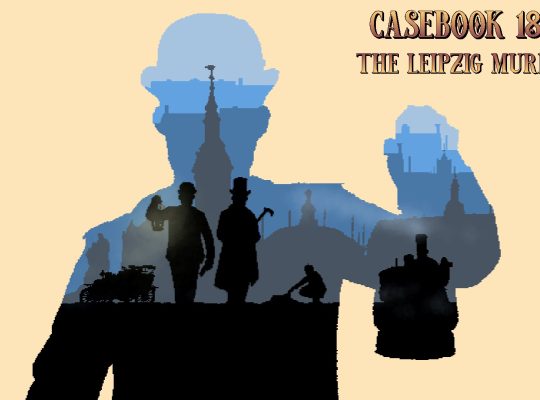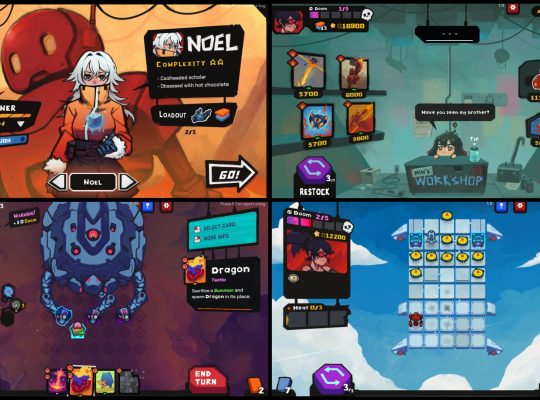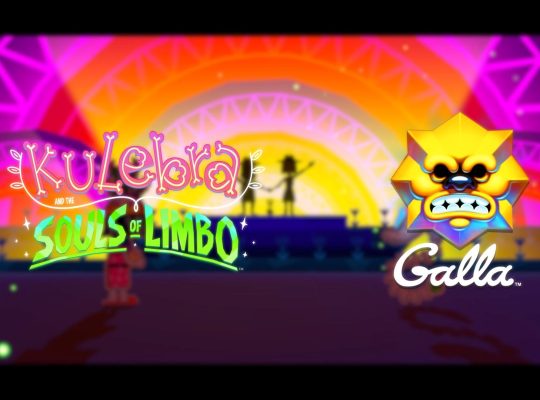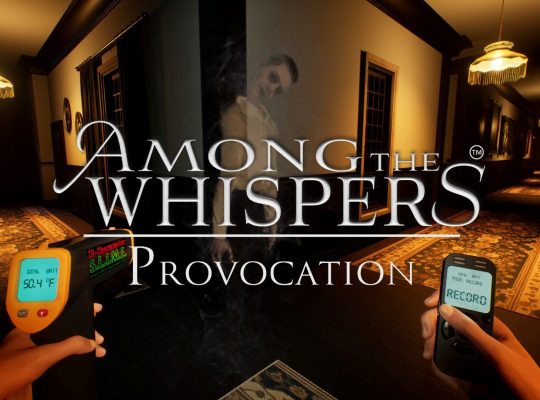Recently, we spoke with the two-member studio Pixel Fiber Games about their rhythm game Disco Samurai, which combines cyberpunk aesthetics, dystopian elements, dynamic music, and samurais. The game is published by We Dig Games, known for supporting unusual indie titles. David and Konrad, the founders of the studio, met while working in the mobile gaming industry, and their goal is to create unique and unforgettable experiences. Disco Samurai is their first step in that direction.
In Disco Samurai, your and your enemies’ actions are synchronized with the rhythm of the music. As a samurai, you must respect your enemies – pay attention to their attack indicators and alternate between parrying, blocking, and dodging to wear them down. Don’t hesitate to take the initiative and attack or use special abilities, such as throwing your opponents into environmental hazards to deal extra damage.
If you happened to miss it, the demo of this game debuted at Steam Next Fest, which is still available on Steam. The developers revealed that the game will be released next year for PC and consoles. You can learn more about it in our interview.
Where did the idea and concept come for Disco Samurai?
We are huge Sekiro fans and we wanted to make something inspired by it, but with an indie twist. Sekiro is basically a rhythm game in its own right and it didn’t take us long to take this concept further and turn its combat based on parrying and counter attacking into a literal rhythm game.
Tell me about the idea behind this odd combination with cyberpunk aesthetics, dystopian Pennsylvania, city Disco, and samurai culture?
We had enough of the trope where everything is a matter of life and death and heroes save the world from villains. Characters of the story are mostly young people struggling to find their place in the modern world and they are using Disco Samurai – a cyberpunk metaverse – to fulfill their fantasies as their badass alter egos. As for the aesthetics, we wanted to have a futuristic world full of neons that would match the pumping electronic music. Since the game is about swordfighting, throwing in elements from traditional Japanese culture sounded like a fun mix.
Can you tell us more about the main character Fox? Her character development, her personality and history?
Fox is a student who wants to make a name for herself in the world of fine arts. She’s an individualist who goes against all trends and decides to use Disco Samurai as a platform to promote her art, which eventually gets her in trouble. The story will throw a lot of challenges and even real life danger her way, so her character will have a lot of space to grow.
How are you picking music for the game? Who is your composer? How did you decide on the synthwave and rock soundscape?
We both have our own visions for the soundtrack but these visions more or less overlap – so each of us just picks some music references and then we keep only references that we both like. These references together with short descriptions of the mood go to our composer Andrzej Strzemżalski (from We Dig Games) and he does all the magic.

Players have the option to load custom music into the game after completing levels. How is this feature going to function, and how do custom tracks impact the gameplay experience?
We still have to think about how exactly it will work, but the main idea is that after completing a level you will be able to play that level again with custom music. Ideally you would just pick a song from your drive and the game would automatically detect the BPM. Then you can play that level with the music you love and you can also ramp up the difficulty if you pick a song with a faster BPM.
More on the sound design, how picky are you with the effects; like sword clashing, parrying, gun shots, are you going for a direction that everything has a meaning?
To be honest we don’t really have the budget to be picky here. We just try to make the best we can with what we have from asset packs and with the help of our musician. But since It’s a rhythm game we do have to be a little more mindful about sound effects because a badly chosen SFX can disturb the feeling of the rhythm. And of course the opposite is also true – well chosen SFX will help the player keep the rhythm. So that’s something that we think about and It requires us to adjust the sound effects we use to make sure they are snappy and don’t have any delays.
How did you approach syncing combat mechanics with the music, and what were some of the challenges you faced during development?
The main idea sounds simple – we just make sure the player and enemies can perform actions only on the beat of the music. But that is a serious limitation for the combat, because to keep the result of your action predictable – regardless if you press input 100ms early or 100ms late – we have to delay evaluation of enemy attacks to the moment the player presses a key. This means that our game is basically a turn-based game, but in real-time. And this is basically the same concept as in Necrodancer, but in Necrodancer the turn-based nature is much clearer.
And this also has consequences regarding character animations, because we can’t just have the enemy swing a sword in such a way that it hits player on beat – because if the player parries an attack 100ms late then it looks as if player parried the attack that already went through. To solve that we separate attack animations into two parts – “prepare” and “attack”. The “prepare” part is just an enemy taking a stance which indicates the type of attack. And when the player executes any input the enemy then performs the “attack” part, which usually is pretty fast to make it responsive to the player input – we are talking like 2 animation frames until the sword hits the target. And on top of all that we also have to speed up/slow down some of the animations at runtime, so that they match the beat – that helps the player keep the rhythm.


Parries, dashes, and special abilities are essential in combat. What was your design philosophy behind the fluidity of movement and the combination of these mechanics?
The essence of all rhythm based games can be boiled down to “press and/or hold the correct button in the correct moment”. Enemies in Disco Samurai have different types of attacks and they all have to be deflected by either pressing or holding specific buttons. That’s why deflecting enemy combos is fluid and fun, because doing it is like playing a simple melody with your controller. Same goes with combining your own attacks and abilities.
In the game, you can use environment to deal extra damage to enemies. Can you tell us more about this mechanic and is it always viable?
Different chapters of the game will feature different interactive environment objects. For example some levels will have glass bottles you can throw at enemies to interrupt their attack sequences, other will feature cars driving by from time to time and running over anyone in their way – you and your enemies alike. This way not only each chapter feels fresh, but the combat has more depth beyond mere swordfighting.
Can you reveal more about the bosses? How many we can expect and how strong will they be?
There will be three boss fights in the game and they will be difficult. Generally speaking the game will let you experiment with different playstyles, but the bosses will force you to utilize all tools at your disposal.
Just to touch on the pixel graphics, is this something you wanted from the beginning? When it comes to the level design, do you plan on keeping things simple or experiment more?
Pixel style is a funny topic, because when we were prototyping the game David suggested that we go for the pixel style, but I remember saying that I don’t think It will work. Fast-forward about a year later and here we are – we have a game where pixel graphics is Its identity and a selling point. It really worked in our case because It’s simply easy to work with – if I want a white color I pick a white color – compare It to more realistic styles where you also have to deal with lights, shading, textures – It’s just a lot to handle if you are not an artist.
Since we settled on small minimalist dioramas we didn’t have much room to experiment with fancy level design. Tight corridors didn’t work well at all, so almost all arenas are rectangles with plenty of room to move around. What’s different between them gameplay wise are the environment objects and obstacles we mentioned earlier.

What kind of feedback have you received from early playtesters or people that played the demo? Is it positive or negative?
Most of the feedback was positive but there were also negative opinions. A lot more people than we expected have difficulties with keeping the rhythm. And people mainly complained that the game was frustrating – and we don’t blame them, It indeed was a problem and since Next Fest we made some changes to address this problem. We still want the game to be difficult, but we want the difficulty to come from pressing correct inputs rather than from keeping the rhythm. And we definitely want to have a challenging game rather than a frustrating one.
How successful was the Steam Next Fest for you? Do you think you rushed it, considering the game is releasing next year or?
I think It went pretty well – we gained over 2k wishlists if I remember correctly. And maybe we could have waited more, but Next Fest is not only about wishlists – it also helps to gauge an interest in the game, so we can then adjust the amount of time/resources we put into it. And on top of that we get a lot of feedback which allows us to make changes to the game while It’s still relatively easy to change..
The demo is still playable on Steam, when can we expect the release date? Will it be available on consoles?
Predicting release dates is not our strong suit – we expected to release the game at the beginning of 2024 so you can judge for yourself. So we don’t want to get any more precise than 2025.
Regarding consoles – It will be released both on Xbox, Playstation and Switch – actually you can already wishlist the game on Playstation Store. The game should also be playable on Steam Deck.
Can you share any upcoming updates, features, or content that fans of the game can look forward to in the future, something you haven’t talked about yet?
One thing we haven’t really teased yet are the motorcycle levels. They will feature a different kind of gameplay, but still rhythm based of course. It won’t be particularly complicated, we just wanted to spice things up and not make our game about combat from start to finish.



